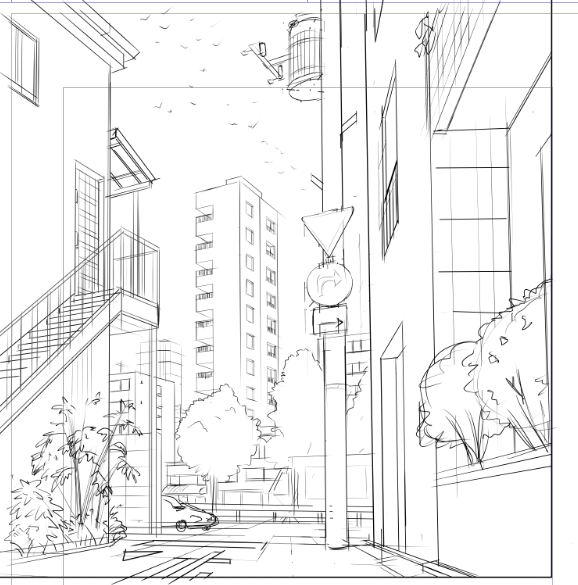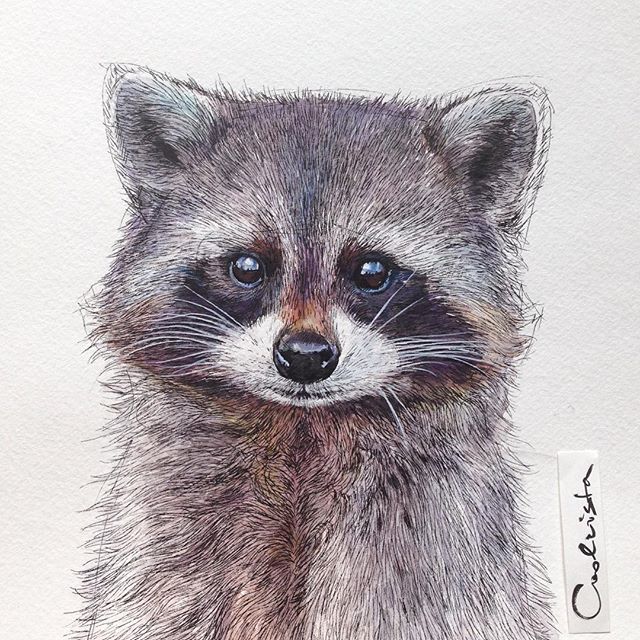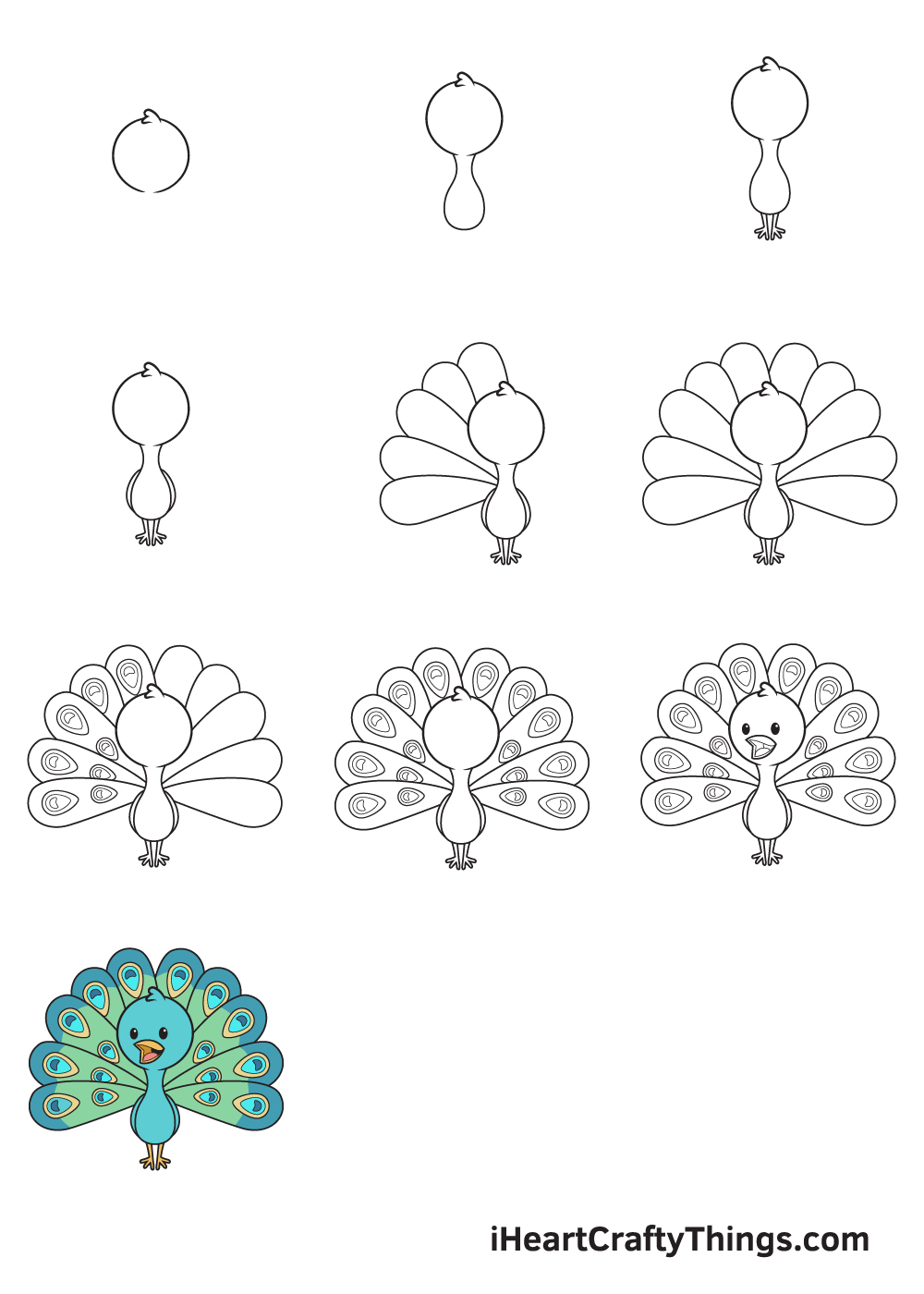Drawing wallpapers
Table of Contents
Table of Contents
Are you tired of drawing bland and uninteresting backgrounds for your artistic creations? Do you want to learn how to draw backgrounds that truly capture the essence of your subject matter? Look no further. In this post, we will cover the essential tips and tricks for how to draw backgrounds that will take your artwork to the next level.
The Struggle of Backgrounds
Many artists struggle with drawing backgrounds. They may feel confident in their ability to draw characters or objects, but when it comes to creating a setting or environment for their art, they become lost. This can lead to frustration, and even abandonment of the project altogether.
The Answer to How to Draw Backgrounds
Fortunately, there are many helpful tips and tricks that can make drawing backgrounds a more manageable task. Some of the most important factors include planning ahead, understanding perspective, and utilizing the appropriate tools and techniques.
Summary of How to Draw Backgrounds
The key to drawing engaging backgrounds is to plan ahead and use the appropriate techniques. Understanding perspective is crucial, as it will allow you to create a believable environment. Additionally, using various composition techniques and experimenting with different materials can help to add depth and interest to your backgrounds.
Perspective and Planning
One of the most significant factors in creating effective backgrounds is understanding perspective. Perspective refers to the way in which objects appear to the human eye when viewed from a specific angle. By understanding the principles of perspective, you can create environments that appear three-dimensional and believable.
One helpful technique is to create a rough sketch of your intended background before proceeding with the final piece. This allows you to plan the composition and ensure that elements are properly placed to create a pleasing visual effect.
 Composition Techniques
Composition Techniques
When it comes to drawing backgrounds, there are several composition techniques that can be used to create more engaging and visually pleasing environments. One common technique is the use of leading lines, which are lines that draw the viewer’s attention towards a particular point in the image. Other techniques include the use of framing devices, such as archways or trees, and the incorporation of foreground elements to add depth to the image.
Another important factor to consider when drawing backgrounds is the type of materials being used. Whether you prefer traditional mediums such as pencil and paper or digital software such as Photoshop, it’s important to experiment with different materials to find the style that works best for you.
 The Importance of Lighting
The Importance of Lighting
When drawing backgrounds, it’s essential to consider the lighting and shadows within the environment. Light and shadow can create depth and interest, making the environment appear more realistic. One useful technique is to start with a rough sketch of the background and then experiment with different lighting sources to determine the most effective composition.
Question and Answer
Q. What materials are best for drawing backgrounds?
A. The best materials for drawing backgrounds depend on personal preference. Some artists prefer traditional materials like graphite or colored pencils, while others find digital software like Photoshop to be more effective.
Q. How do I make my backgrounds more visually interesting?
A. There are several composition techniques that can be used to create more visually interesting backgrounds, such as the use of leading lines, framing devices, and foreground elements.
Q. How important is perspective in drawing backgrounds?
A. Perspective is essential in creating believable, three-dimensional environments. By understanding the principles of perspective, you can create backgrounds that draw the viewer into the image.
Q. What is the best way to incorporate lighting and shadow into my backgrounds?
A. One useful technique is to start with a rough sketch of the background and then experiment with different lighting sources to determine the most effective composition.
Conclusion of How to Draw Backgrounds
Creating engaging and visually pleasing backgrounds takes practice and patience, but by understanding the principles of perspective, composition, and lighting, you can take your artwork to the next level. Experiment with different materials and techniques to find the style that works best for you, and don’t be afraid to take risks and push the boundaries of your creativity.
Gallery
Background Ideas Easy To Draw - Wedding Decorations Ideas & Simple
Photo Credit by: bing.com /
Top 10 Drawing Background Tips & How To Draw Them

Photo Credit by: bing.com / jaejohns
58+ Drawing Backgrounds ·① Download Free Awesome HD Wallpapers For
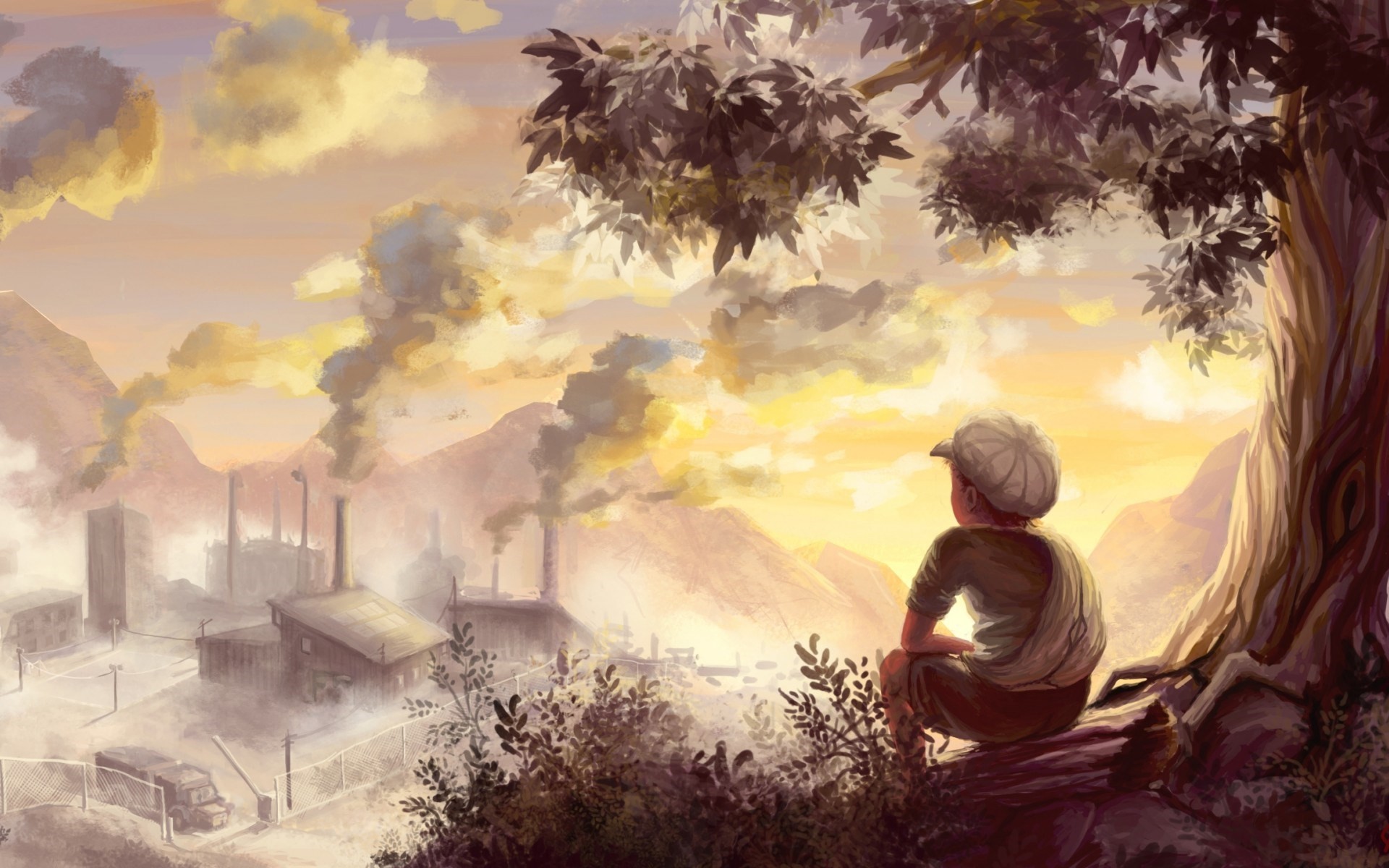
Photo Credit by: bing.com / drawing backgrounds desktop wallpaper laptop wallpapers 4k hd wallpapertag awesome resolution
Drawing Wallpapers - Wallpaper Cave
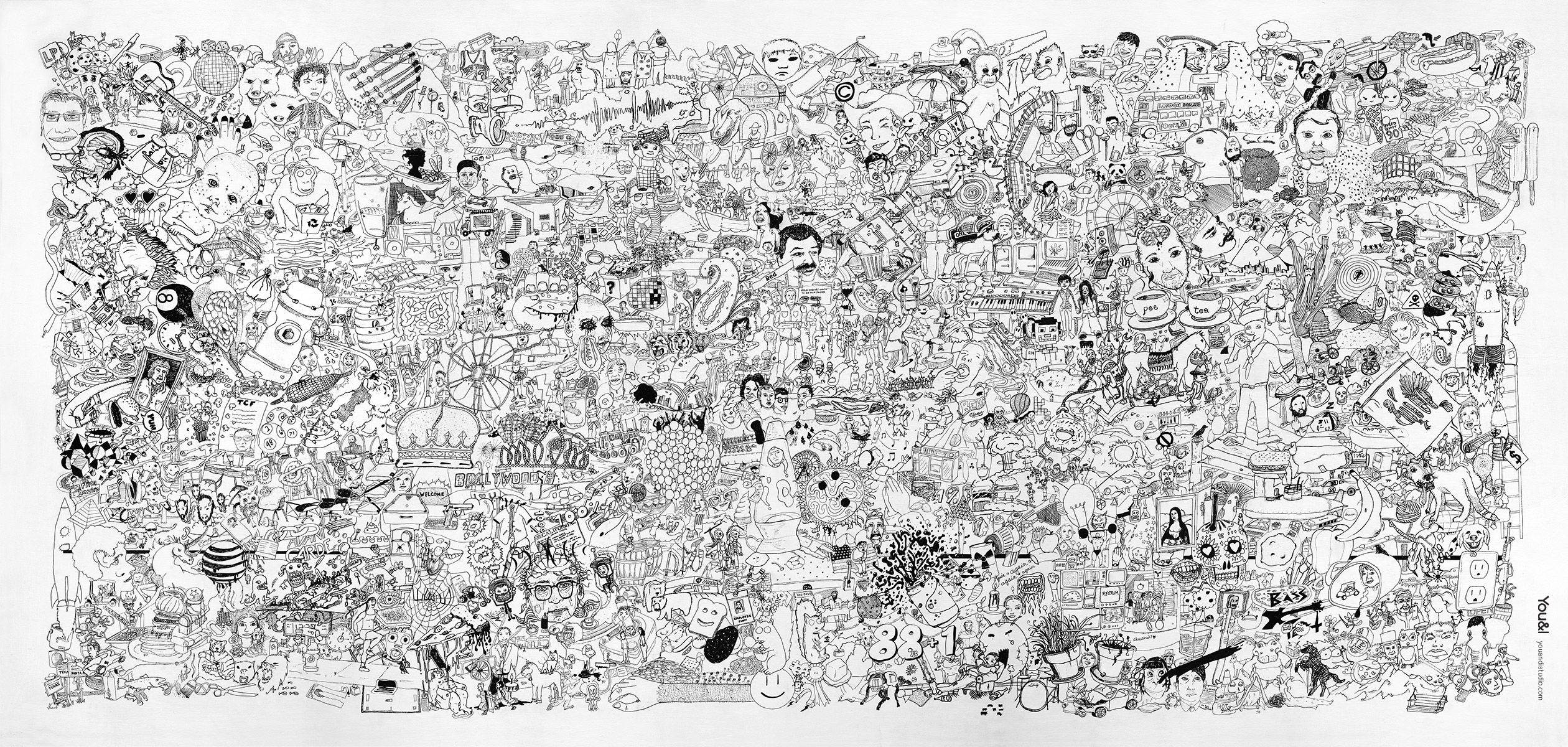
Photo Credit by: bing.com / drawing draw wallpapers cool backgrounds wallpaper drawings sketch drawn hd awesome desktop sketches background paintingvalley hy px wallpapersafari
Drawing Wallpapers - Wallpaper Cave
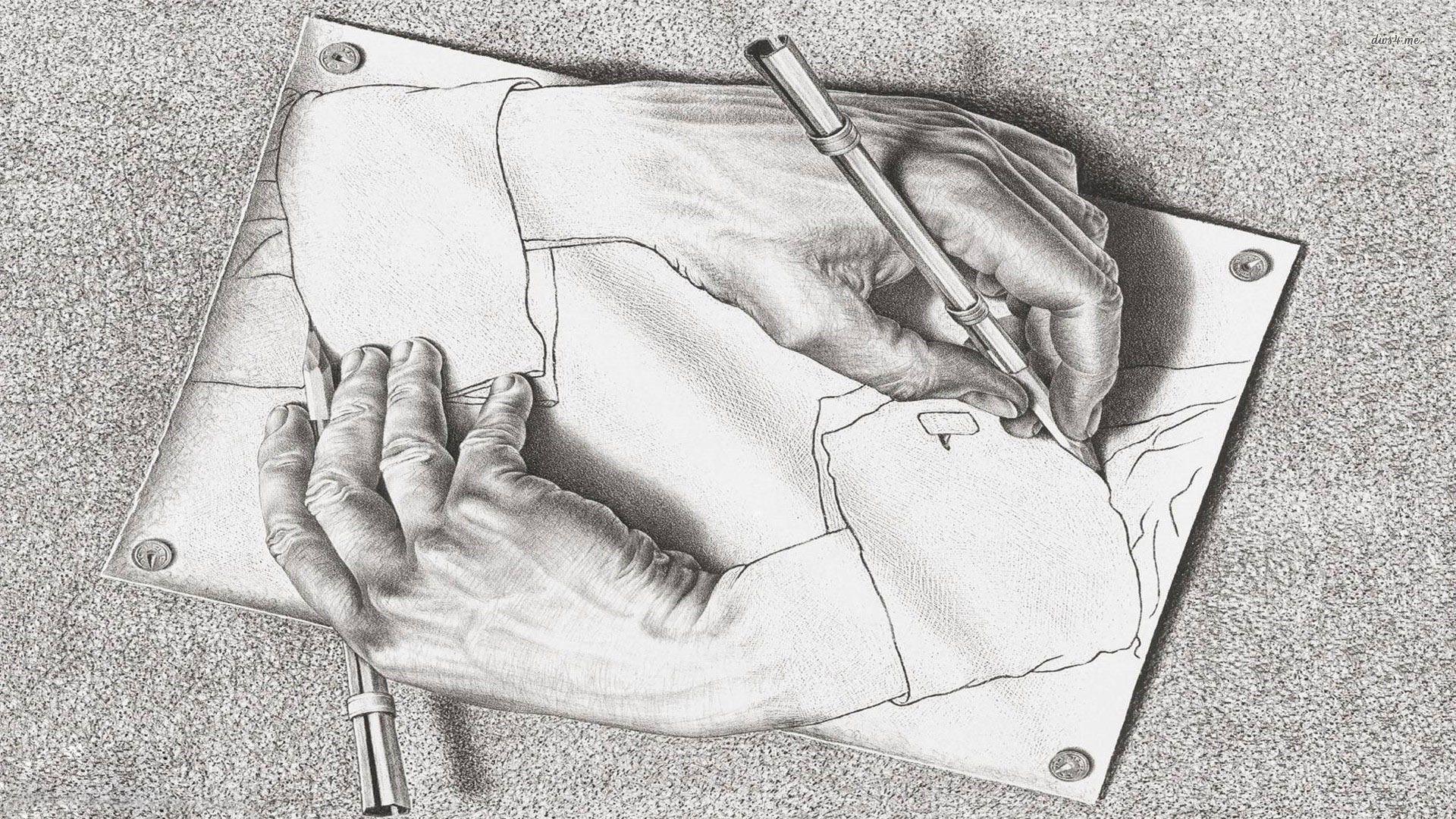
Photo Credit by: bing.com / drawing wallpapers draw wallpaper 3d desktop backgrounds wallpapercave

